What Best Describes Immigrant Neighborhoods
What best describes immigrant neighborhoods. The act of new immigrants moving to America from closer countries has changed the way families associate with their heritage. This finding indi-cates an indirect association between immigrant status and neighborhood conditions. Which of the following best describes why immigrants in these cities established their own separate neighborhoods such as New Yorks Little Italy and San Franciscos Chinatown.
Which of the following best describes why immigrants in these cities established their own separate neighborhoods such as New Yorks Little Italy and San Franciscos Chinatown. The above quotation best describes what events currently occurring within society. Every person was treated with respect.
There was no discrimination of race language creed or tradition for those who entered the doors of the Hull House. For the newcomers arriving without family some solace could be found in the ethnic neighborhoods populated by their fellow countrymen. You did not specify legal or illegal.
Legal restrictions forced immigrants and factory owners to live in separate parts of cities. Industry Immigrants and Cities 1870-1900. They did so in order to continue practicing the traditions that they brought over from their home countries.
Relativity poor rural Europeans immigrated to industrial cities of the US. Almost two-thirds 30 of these cities had small foreign-born populations under 75 percent in. What best describes immigrant neighborhoods.
New Pathways to Diversity and Separation offered interesting insight on how whites and minorities interact in different neighborhoods and the sudden disappearance of formerly all white tracts in global cities. We conclude with a discussion of the research and policy implications of these findings. What statement best describes immigration policy in the 1920.
By all accounts the greater Hull House neighborhood Chicagos Near West Side was a mix of various ethnic groups that had immigrated to Chicago. During the 19th century the United States pl.
Every person was treated with respect.
Every person was treated with respect. By all accounts the greater Hull House neighborhood Chicagos Near West Side was a mix of various ethnic groups that had immigrated to Chicago. Their success and growth depends on self-sufficiency and is coupled with economic prosperity. Exhibit 4 describes the sizes of foreign-born populations in 58 large central cities. This study uncovers an odd phenomenon about how whites and minorities particularly black people interact with each other. We conclude with a discussion of the research and policy implications of these findings. For the newcomers arriving without family some solace could be found in the ethnic neighborhoods populated by their fellow countrymen. Full of neighborhoods filled with 4-6 families living in a 2 bedroom homes parking on the grass loud drinking parties on weekends Mexicans are. Learn vocabulary terms and more with flashcards games and other study tools.
Immigrant neighborhood a central role both in the emergence of ethnic identity among immigrants and in the subsequent process of assimilation. Immigrants usually lived on the outskirts of cities far from the places where they worked. Almost two-thirds 30 of these cities had small foreign-born populations under 75 percent in. Industry Immigrants and Cities 1870-1900. For the newcomers arriving without family some solace could be found in the ethnic neighborhoods populated by their fellow countrymen. We conclude with a discussion of the research and policy implications of these findings. The act of new immigrants moving to America from closer countries has changed the way families associate with their heritage.
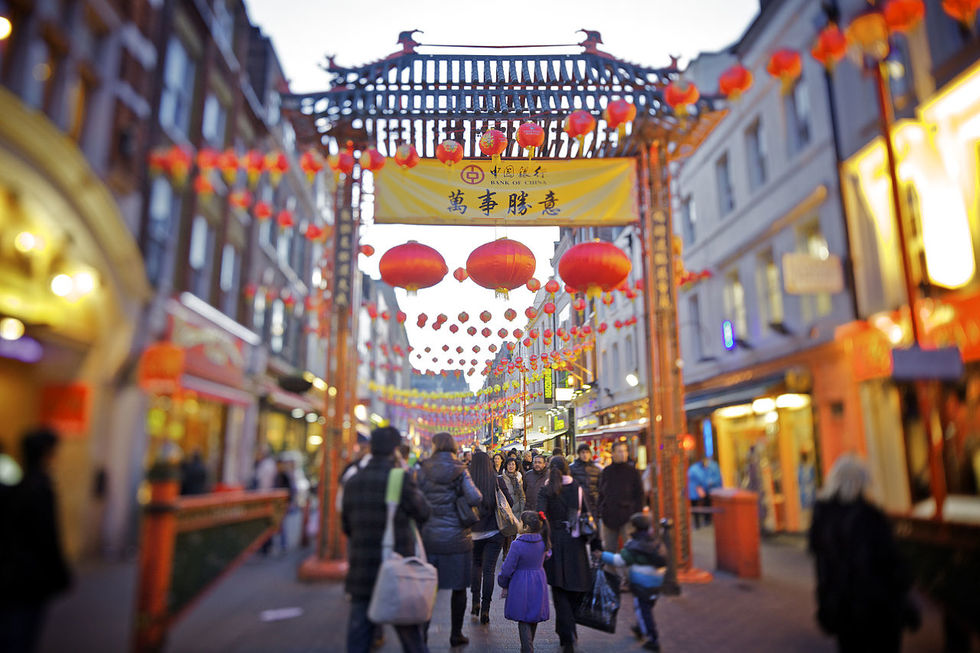
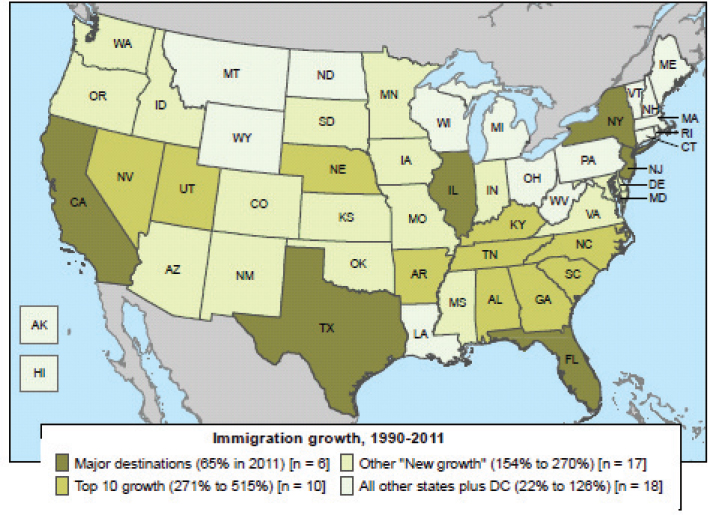

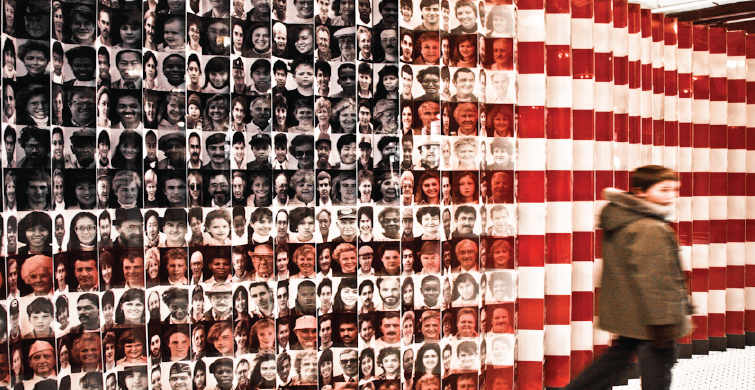









_1200_800_80.JPG)

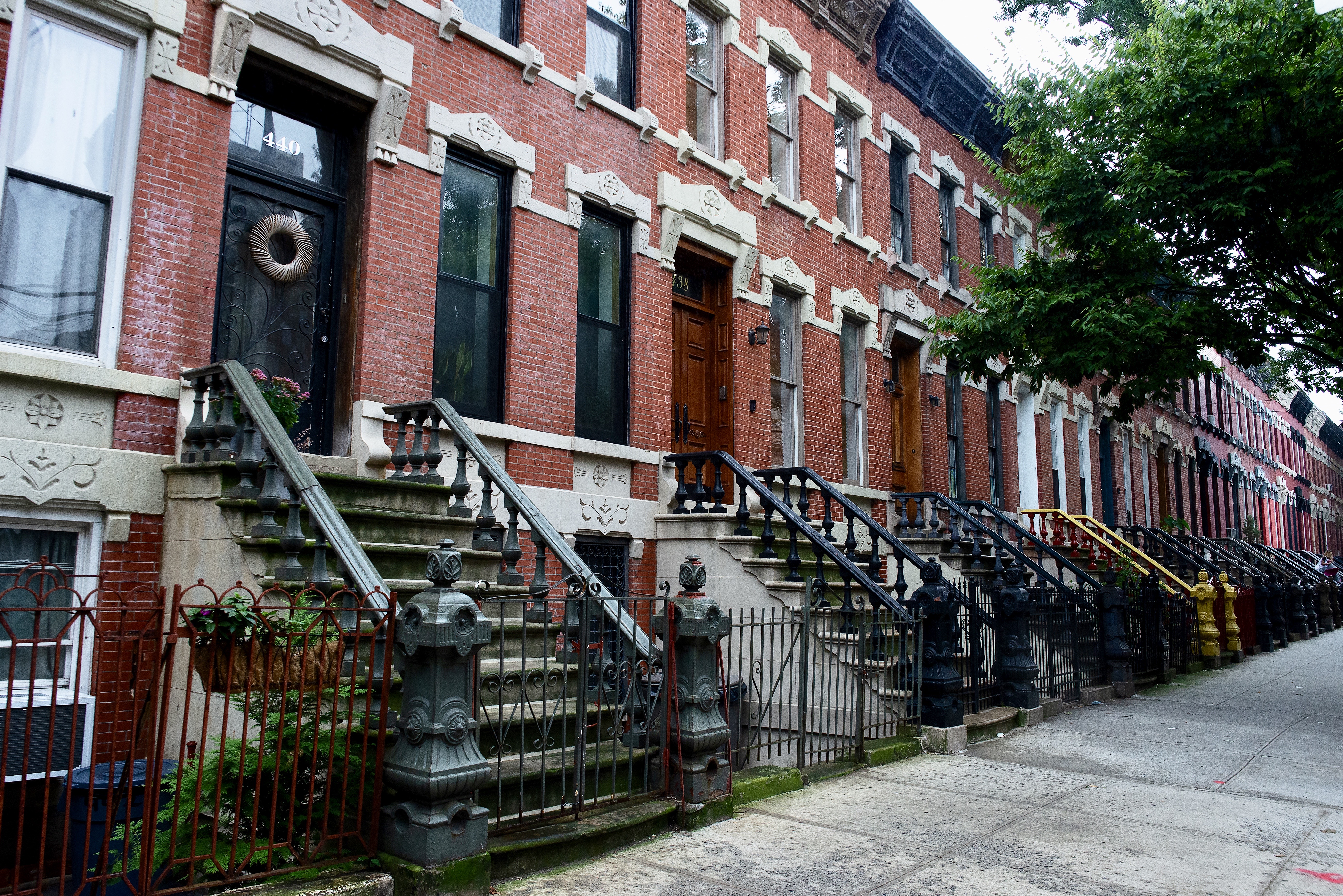





/cdn.vox-cdn.com/uploads/chorus_asset/file/11635805/GettyImages_657315996.jpg)


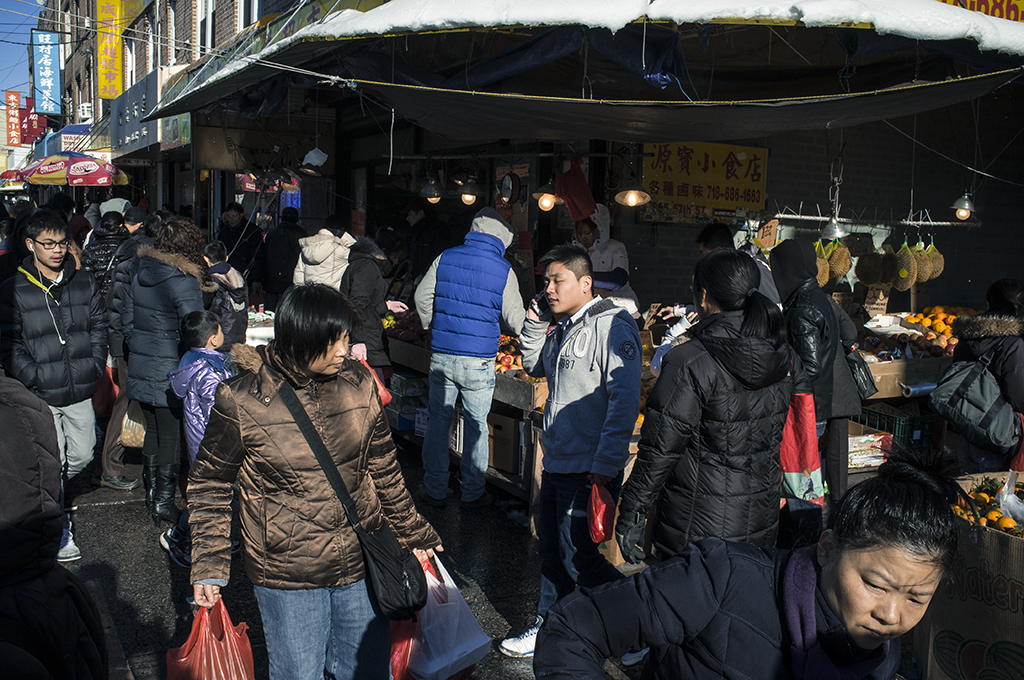



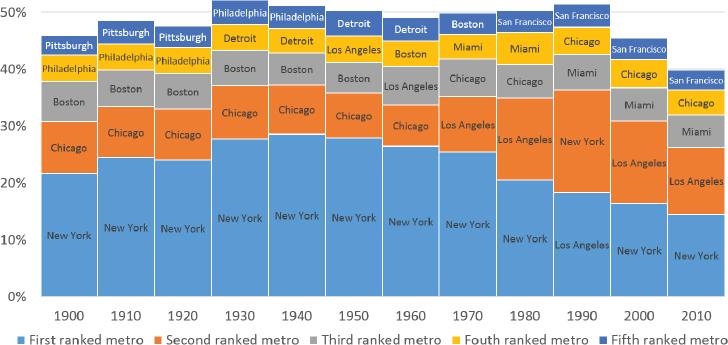
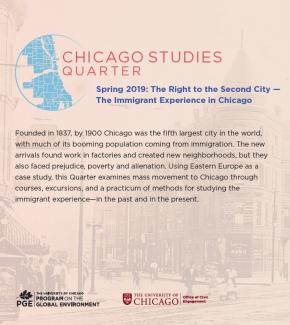



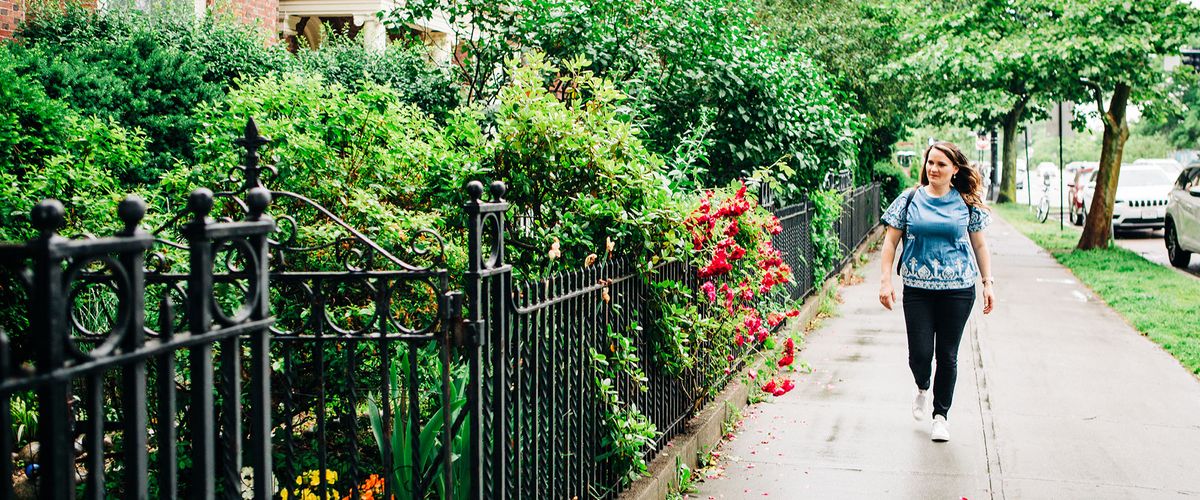




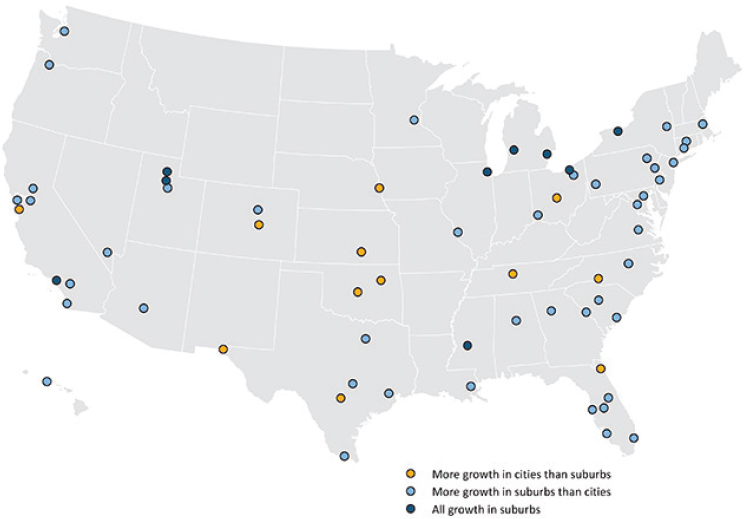


Post a Comment for "What Best Describes Immigrant Neighborhoods"